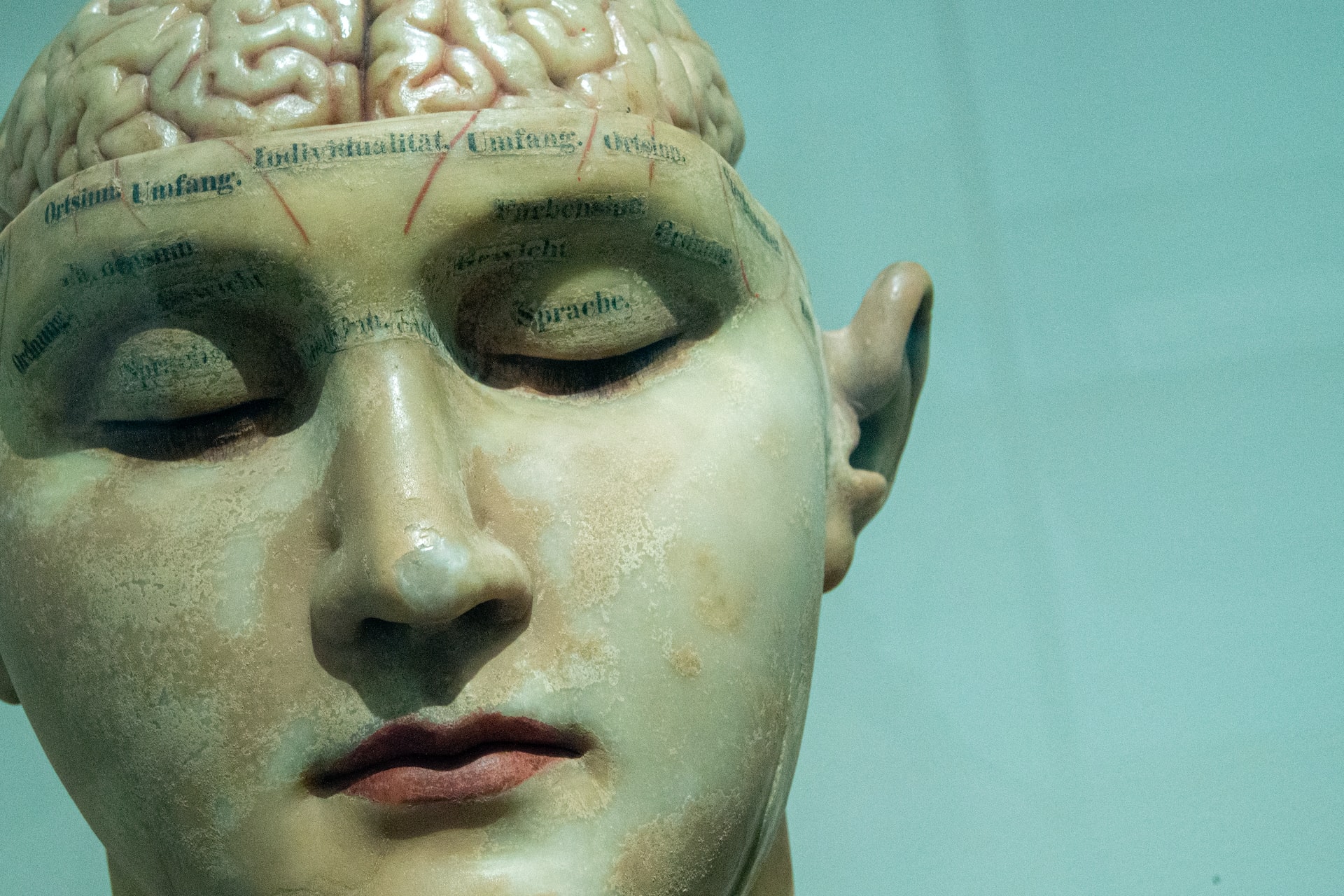Tell me about zombie cells alzheimer’s
Alzheimer’s disease is a devastating condition that affects millions of people worldwide. It is a progressive neurological disorder that slowly destroys memory and thinking skills, eventually leading to the inability to perform even the simplest daily tasks. Currently, there is no cure for Alzheimer’s, and scientists are constantly searching for new ways to understand and treat this disease. One recent discovery that has gained attention in the medical community is the role of “zombie cells” in Alzheimer’s.
So, what exactly are zombie cells and how do they relate to Alzheimer’s disease? Zombie cells, also known as senescent cells, are cells that have stopped dividing and functioning properly but are still alive. These cells can linger in our bodies, releasing toxic chemicals that can damage surrounding healthy cells. Normally, our bodies can get rid of these zombie cells through a process called apoptosis, or programmed cell death. However, as we age, our bodies become less efficient at clearing out these dysfunctional cells, leading to an accumulation of them.
In Alzheimer’s disease, this buildup of zombie cells has been found to play a significant role. Researchers have discovered that these senescent cells can accumulate in the brain of Alzheimer’s patients and contribute to the progression of the disease. These cells release inflammatory molecules and other harmful substances that can damage neurons and impair brain function. This can lead to memory loss, disorientation, and other symptoms associated with Alzheimer’s.
But how do these zombie cells form in the first place? There are several factors that can contribute to the development of senescent cells. One of the main culprits is oxidative stress, which occurs when there is an imbalance between the production of harmful free radicals and the body’s ability to neutralize them. Free radicals can damage cells and lead to premature aging, which can contribute to the formation of zombie cells. Chronic inflammation is another factor that can trigger these dysfunctional cells, as well as exposure to toxins and UV radiation.
So, what can be done about these zombie cells? Recent studies have shown that targeting and eliminating senescent cells may be a promising approach to treating Alzheimer’s disease. Researchers have found that removing these cells in mice with Alzheimer’s-like symptoms led to improvements in memory and cognition. This has sparked interest in developing drugs that can specifically target and eliminate zombie cells in humans.
One such drug is called Navitoclax, which has been shown to induce the death of senescent cells in pre-clinical studies. Another drug, called Dasatinib, has been found to decrease the levels of senescent cells in the brain and improve cognitive function in animal models of Alzheimer’s. These drugs are still in the early stages of development and are not yet approved for use in humans, but they show promising potential for treating Alzheimer’s disease by targeting zombie cells.
In addition to drugs, lifestyle changes can also play a role in reducing the formation of zombie cells. Maintaining a healthy diet rich in antioxidants and regular exercise can help reduce oxidative stress and inflammation in the body. Adequate sleep and stress management can also help keep these dysfunctional cells at bay.
While research on zombie cells and their role in Alzheimer’s disease is still in its early stages, it offers a promising avenue for understanding and treating this devastating disease. By targeting these dysfunctional cells, we may be able to slow down or even prevent the progression of Alzheimer’s. However, more research is needed to fully understand the implications of zombie cells and develop effective treatments.
In conclusion, zombie cells are a type of dysfunctional cell that can accumulate in our bodies as we age. In Alzheimer’s disease, these cells have been found to contribute to the progression of the disease by releasing toxic substances that damage brain cells. Targeting and eliminating these cells may offer a promising approach for treating Alzheimer’s, but more research is needed before this can be translated into effective treatments for patients. By understanding the role of zombie cells in Alzheimer’s, we may be one step closer to finding a cure for this debilitating disease.





